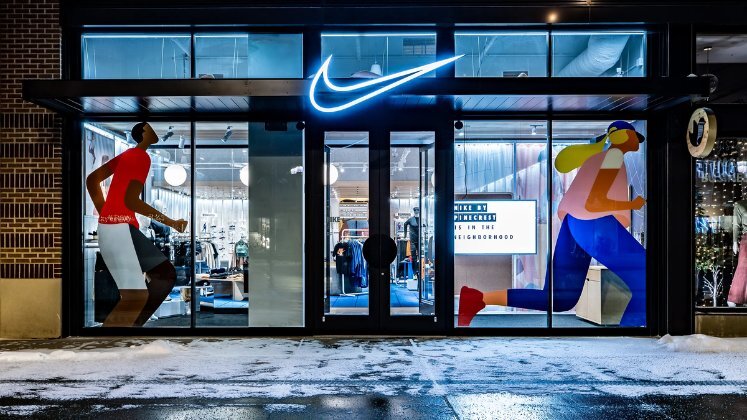
US taxes on Vietnamese imports could be the next setback for Nike’s attempts to revitalise its brand and stop a long-term drop in sales.
In an effort to boost home manufacturing and persuade other countries to purchase more American goods, US President Donald Trump is expected to declare which nations and goods he would target with a fresh round of tariffs.
One of the main targets is Vietnam, which has a US $ 123.5 billion trade surplus with the US.
Greater tariffs would compel Nike, one of numerous sportswear companies that rely significantly on Vietnam as a production location, to incur greater expenses or raise prices at a time when it is already lowering some items to clear inventory.
According to its annual report, Nike made 28 per cent of its clothing and 50 per cent of its shoes in Vietnam during the 2024 fiscal year. With 39 per cent of its footwear and 18 per cent of its clothing coming from Vietnam, rival Adidas is marginally less vulnerable.
Based on January trade data, Sheng Lu, a professor of fashion and apparel studies at the University of Delaware, calculated that the average US tariff rate on footwear from Vietnam is 13.6 per cent, while the rate on apparel is 18.8 per cent.
As companies have looked to limit their exposure to China, Vietnam has emerged as a centre for high-tech running shoes, sportswear, and outdoor clothing.
Vietnam is the leading manufacturing nation for Lululemon, Columbia Sportswear, and Amer Sports, the company that owns Arc’Teryx and Salomon.
But the prospective levies come at a critical moment for Nike, which has lost market share of late to competitors perceived as fresher and more innovative, including On and Hoka.
Nike’s sales are predicted to continue to decline in the upcoming quarter, according to Chief Financial Officer Matt Friend during a quarterly results call last month.






